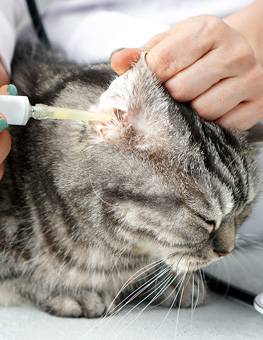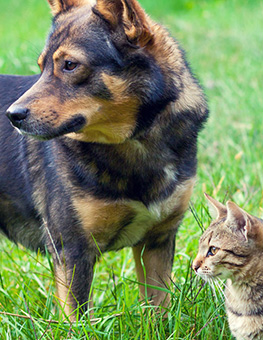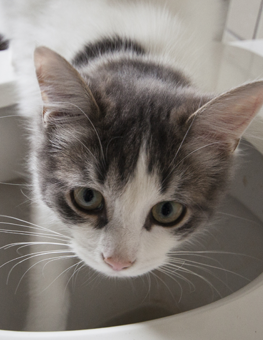How to Adopt a Cat
When the time comes to add a new member to your family, adopting a cat is a wonderful alternative to buying one from a pet store or going through a breeder.
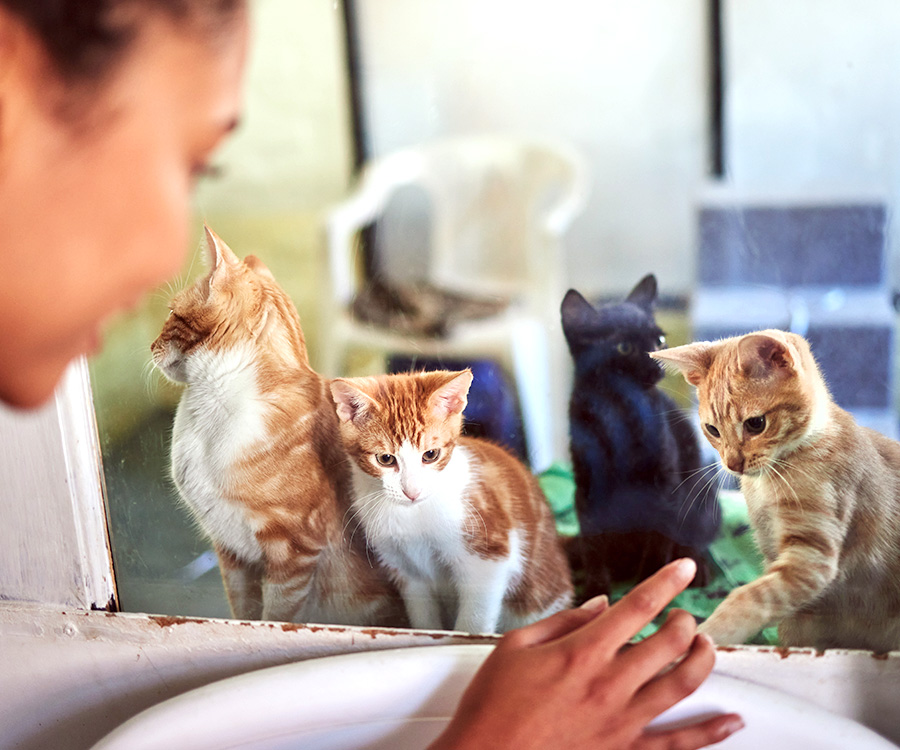
An animal shelter is often the easiest option for adopting a cat.
Contrary to the myth that animal shelters are filled with “bad” pets, the vast majority of shelter and rescue cats are wonderful companions just waiting for a new home. Bringing a furry feline friend into your life, especially one rescued from a shelter, can be an incredibly rewarding experience. Whether you're a seasoned cat parent or a first-time adopter, the process of adopting a cat involves careful consideration and planning.
Where Can I Adopt a Cat?
In terms of places to adopt cats, walking into a physical animal shelter is often the easiest option. In looking for where to adopt cats, you may also find that your local pet store has rescued cats available for adoption. It’s important to find out where these pet stores sourced their cats from. If they are not partnering with a local rescue or shelter, the cats or kittens are most likely not obtained ethically. Although less common than puppy mills, kitten mills, unfortunately, do still exist and often produce sick or poorly socialized kittens.
If you’re not the type to “window shop” in person, websites like Petfinder make it easy to look for a new furry friend from the comfort of your home. These websites allow you to plug in exactly what you’re looking for in a new pet and then show you suitable matches.
How Can I Prepare to Adopt a Cat?
With our feline friends living longer than ever, sometimes even up to 20 years, bringing a new cat home is not a decision that should be made lightly. It’s a big commitment! You’ll need to consider factors such as your lifestyle, budget, and health. Do you live alone and work 12-hour shifts? A playful, active kitten is probably not the best match. Do you have a busy, bustling family with lots of kids? A senior cat would probably prefer a quieter home. Are you prepared for any emergency vet bills that may come up? Does anyone in your family have allergies to cats? These are the big questions, but don’t forget about the little questions too. Where will you put the litter box? Who will be responsible for feeding the cat? How will you find the time to make sure all of the cat’s needs are met?
If you aren’t so sure if a cat is the right fit for your home, consider looking into becoming a cat foster parent. Many rescues and shelters are eager to find foster homes for their cats and get them out of cages at the shelter! If you fall in love, the rescue may even let you foster to adopt the cat once you know he is a good match for you and your lifestyle.
What Kind of Cat Should I Adopt?
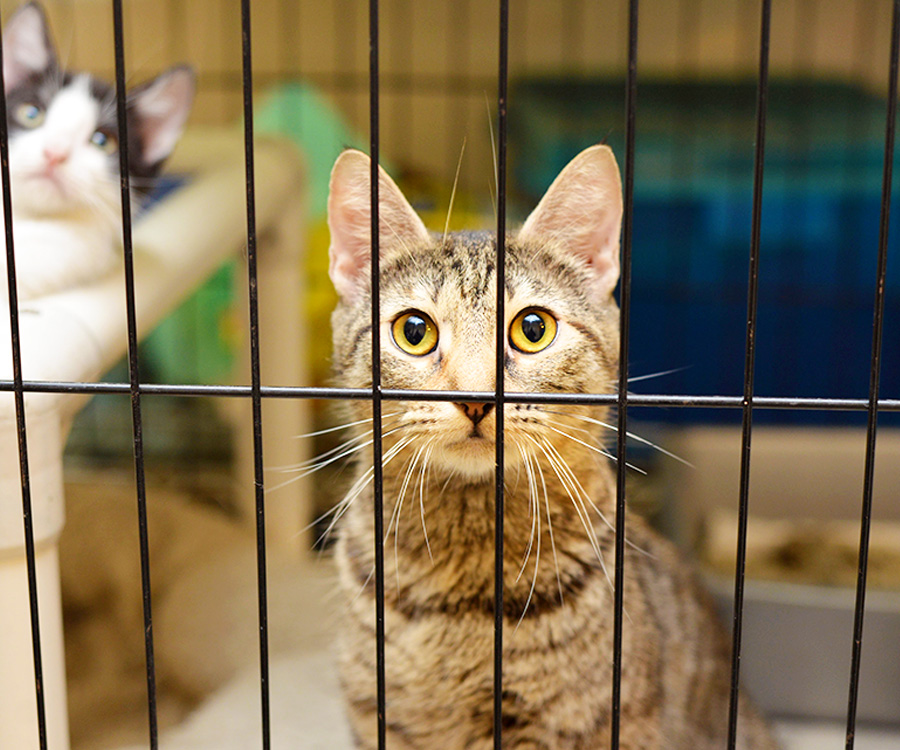
A cat's personality is most important, so spend time interacting with them to get to know them before adopting.
Most people have some general idea of what kind of cat they’re looking to adopt. Knowing that you’d like an orange young adult is a good start. But what if, when visiting the shelter, the only cat who meets the criteria is very shy, and you are an outgoing person who entertains guests at your home on a regular basis? Knowing what type of personality you’re looking for is definitely the most important over age, gender, and color.
Spend time interacting with your potential new cat in order to get to know them a little better. Are they a lap cat? Or are they more playful? Do they have a favorite spot to be petted? Ask a volunteer or staff member about the cat’s history. Have they lived with kids? Any behavioral issues? Don’t be afraid to take a chance on a cat who is shy, older, or has special needs. These cats statistically wait the longest to find new homes and are often the most grateful for your love and attention.
Adopting a cat is a commitment that comes with careful thought and many responsibilities, but the rewards are immeasurable. Visiting a shelter and bringing home a rescue pet is both giving an animal who is truly in need a home and gaining a loyal companion to be your best friend for life.












